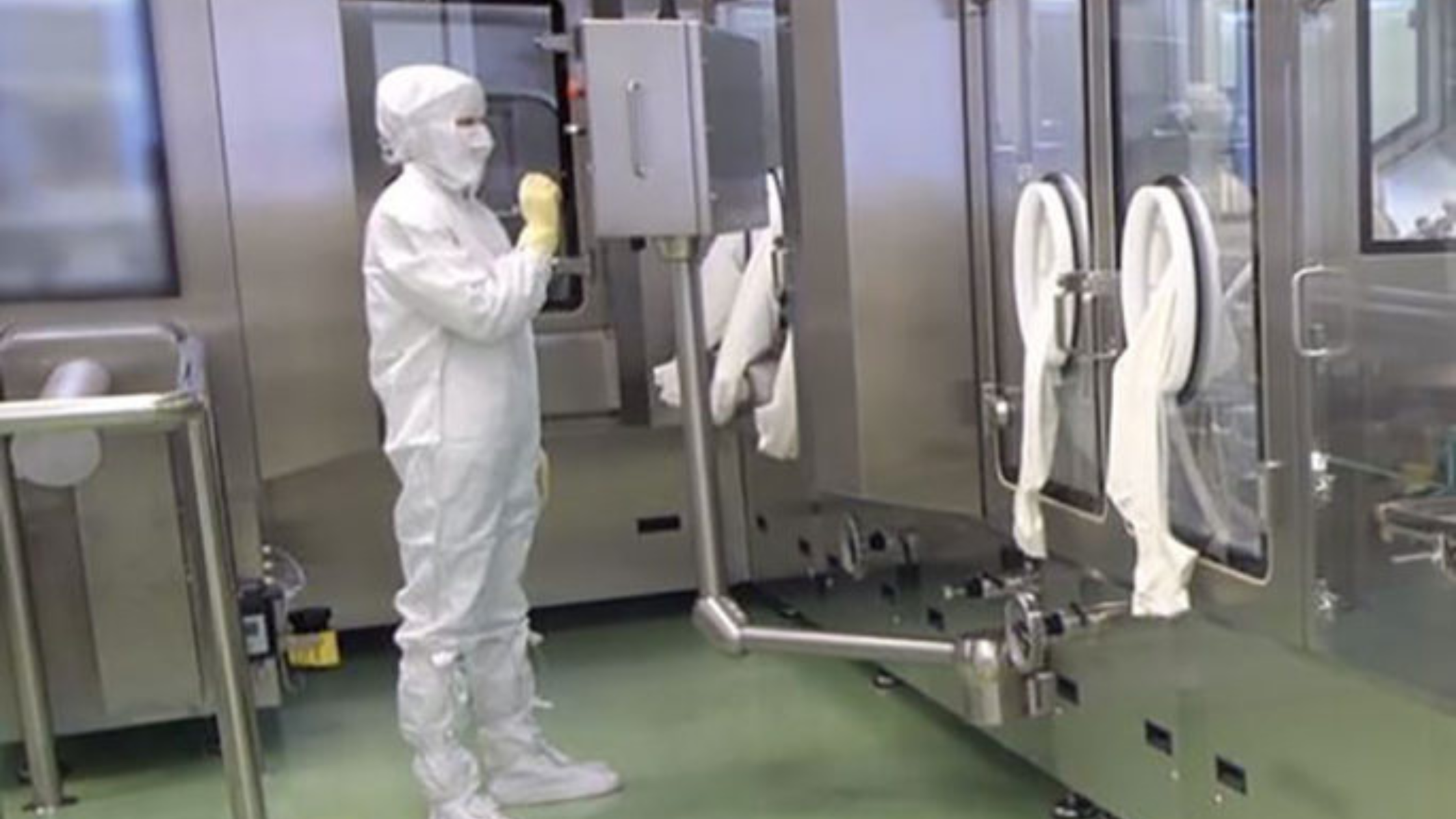
23 Jun Different types of Decontamination.
Decontamination of high-containment laboratories is critical for controlling high-risk pathogens. All places with the potential to be contaminated must be disinfected in the case of an unintentional spill and as per the SOPs. While decontaminating big spaces or sophisticated equipment, gaseous techniques or fumigants are frequently the superior option. Pharmaceutical isolators are sealed systems that are employed in the pharmaceutical sector to offer protection against contamination when handling hazardous and potent compounds. It is essential to disinfect these systems to ensure worker safety, product quality, and regulatory guidelines. The significance of decontamination and the various approaches of decontaminating pharmaceutical isolators will be covered in this article.
Different types of Decontamination Elements:
- Formaldehyde
- Hydrogen Peroxide
- Chlorine Dioxide
- Nitrogen Dioxide
Formaldehyde:
For well over a century, formaldehyde gas has been utilized for area decontamination, and it is still one of the most popular ways for decontaminating containment labs and sensitive equipment like HEPA filter housings, biosafety cabinets, and animal rooms and housing. The cheap costs of formaldehyde gas decontamination are attributable to the minimal equipment needed to complete the procedure.
Formaldehyde gas is a stable fumigant since it is made up of a highly basic molecule. It is hypothesized to inactivate bacteria in part by causing DNA damage. This method may simply be scaled to larger areas by increasing the proportions of paraformaldehyde and ammonium.
The use of formaldehyde gas as a decontamination method has been used for thousands of years, but new technologies are being sought and tested to replace this long-used method. Formaldehyde gas is extremely effective against many microorganisms and has an appealingly low cost and simple apparatus.
Hydrogen Peroxide:
Hydrogen peroxide is an oxidizing chemical that causes cell death by releasing extremely reactive hydroxyl radicals that target cell membranes, DNA, and proteins.
VHP Decontamination cycle:
- The VHP decontamination cycle begins with a dehumidification phase in which the area’s relative humidity is reduced to 40%.
- After that, the region is conditioned by injecting large amounts of hydrogen peroxide into it over a short period of time.
- Following that, the vapor is injected at a constant pace to maintain a constant concentration of hydrogen peroxide (about 1,000 ppm) during the decontamination phase.
- Following decontamination, the space is either aerated by cycling the air through a generator that breaks down the vapor into water and oxygen, or it is simply evacuated via the area’s exhaust system.
- The HPV decontamination cycle, on the other hand, starts with a significantly shorter conditioning phase that allows the generator to warm up.
- After that, the decontamination phase begins, in which hydrogen peroxide is injected at a constant rate for a set amount of time, resulting in H2O2 concentrations that are similar to those achieved by the VHP system.
Hydrogen peroxide fumigation is an effective, mobile decontamination system with rapid cycle times. The major advantages over other space decontamination methods are increased safety and the lack of post-clean-up required. In addition, hydrogen peroxide is also compatible with most building materials and can be safely used with sensitive equipment.
Chlorine Dioxide:
Due to its quick inactivation of a wide variety of pathogens even in the presence of organic soil loads, gaseous chlorine dioxide offers tremendous potential for use in decontaminating high-containment facilities. GCD, like VHP/HPV, is a safer alternative to formaldehyde fumigation since it is non-carcinogenic and does not create harmful by-products or residues. Gas generators also give the security of external control and gas concentration monitoring.
Furthermore, GCD decontamination necessitates lower concentrations (360-1,800 ppm) and shorter exposure times (0.5-2.0 hours) than formaldehyde decontamination.
Nitrogen Dioxide:
The vast majority of isolators now in use are decontaminated utilizing hydrogen peroxide (H2O2) vapor technology.
However, process control, aeration efficiency, and product compatibility issues, particularly with protein-based medications, have prompted research into alternative decontamination procedures. The essential cycle parameters of the NO2 process are, in general, sterilant concentration, relative humidity, and exposure duration. NO2 is a fast and efficient sterilant at low doses (less than 1%). As with other sterilizing methods, relative humidity is critical to the effectiveness of the NO2 sterilization process.
The observed mortality rate can be raised by raising the relative humidity during the NO2 sterilization procedure. This is related to spore coat hydration, which increases with dampness.
Advantages:
- NO2 has an apparent advantage as a sterilant, one of which being its low boiling point (21°C). In comparison, H2O2 has a boiling point of 150°C.
- The low boiling point of NO2 minimizes the quantity of sterilant condensation found on surfaces during H2O2 operations.
- Minimal condensation is advantageous for quick aeration at the end of an exposure cycle.
- If NO2 condenses (or is adsorbed) on a surface, it will evaporate significantly faster than H2O2.
Materials that are compatible with NO2:
The majority of polymers, stainless steel, and glass are compatible with NO2. Several materials, however, should not be utilized in the manufacture of isolators or as isolator contents during the NO2 decontamination cycle.
Below table shows the incompatible materials and its designs alternatives:
| Incompatible Materials | Design Alternatives |
| Delrin (polyacetal) | Polyetherimide, polysulfone, PEEK |
| Nylon | Polyester or polyolefins. |
| Polyurethane | Thermoplastic elastomers (TPE) |
| Cellulosics (paper) | Polystyrene or polyester label stock |
| Copper (and alloys) | Stainless steel |
The NO2 process sterilant generator, like the H2O2 generator, can be attached to new isolators or retrofitted to an existing isolator system.
Comparison of major advantages and limitations of fumigation with formaldehyde, hydrogen peroxide, and chlorine dioxide.
Each of the above approaches has advantages and disadvantages that must be considered when deciding which method to use in various facilities and scenarios.
To know more about Different types of decontamination systems, connect with us at sales@isovax.in


Sorry, the comment form is closed at this time.